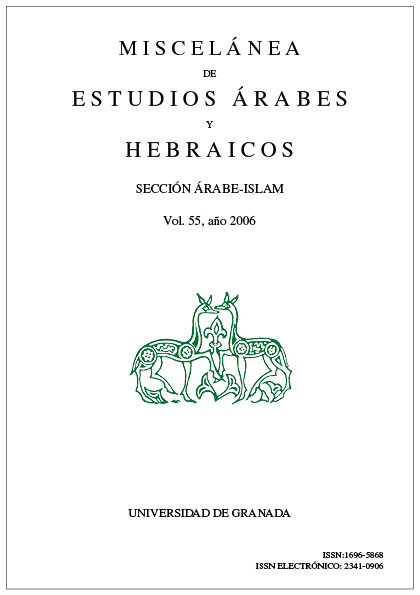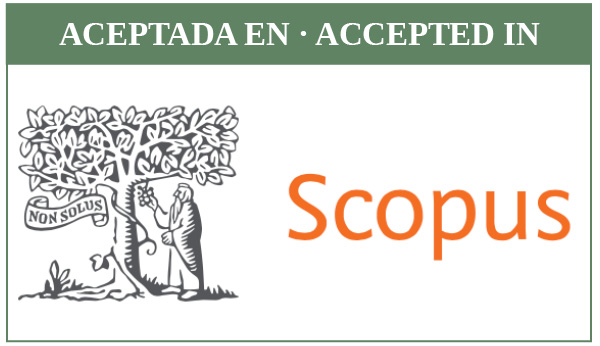Clepsidras y horologios musulmanes
Palabras clave:
Arte nazarí, Historia de la ciencia, Clepsidra-horologio, Minkan, AlhambraResumen
La ciencia griega combinó el reloj de agua con autómatas. Los relojes y clepsidras de la Antigüedad y los bizantinos fueron adaptados por los musulmanes para el ritual litúrgico. En al-Andalus el emir Muhammad I tuvo un minkan construido en Córdoba. En Toledo al-Muradi en el siglo XI estudia una serie de horologios. En los siglos XII y XIII los principales artífices y tratadistas musulmanes son al-Jazini, Ridwan y al-ìazari. Los relojes de Fez y Tremecén fueron quizá el antecedente directo del minkan nazarí que describe Ibn al-Jatib en 1362.Descargas
Descargas
Publicado
Cómo citar
Número
Sección
Licencia
Los autores que publican en esta revista están de acuerdo con los siguientes términos:
1. Los autores conservan los derechos de autor y garantizan a la revista el derecho de ser la primera publicación del trabajo al igual que licenciado bajo una Creative Commons Attribution License que permite a otros compartir el trabajo con un reconocimiento de la autoría del trabajo y la publicación inicial en esta revista.
2. Los autores pueden establecer por separado acuerdos adicionales para la distribución no exclusiva de la versión de la obra publicada en la revista (por ejemplo, situarlo en un repositorio institucional o publicarlo en un libro), con un reconocimiento de su publicación inicial en esta revista.
3. Se permite y se anima a los autores a difundir electrónicamente (por ejemplo, en repositorios institucionales o en su propio sitio web) la versión publicada de sus trabajos (versión post-print del editor) o, en su defecto, el de la versión post-print del autor ya evaluada y aceptada. Esto puede dar lugar a intercambios productivos, así como a una citación más temprana y mayor de los trabajos publicados (Véase The Effect of Open Access).
4. La revista no se hace responsable de las opiniones vertidas por los autores.















